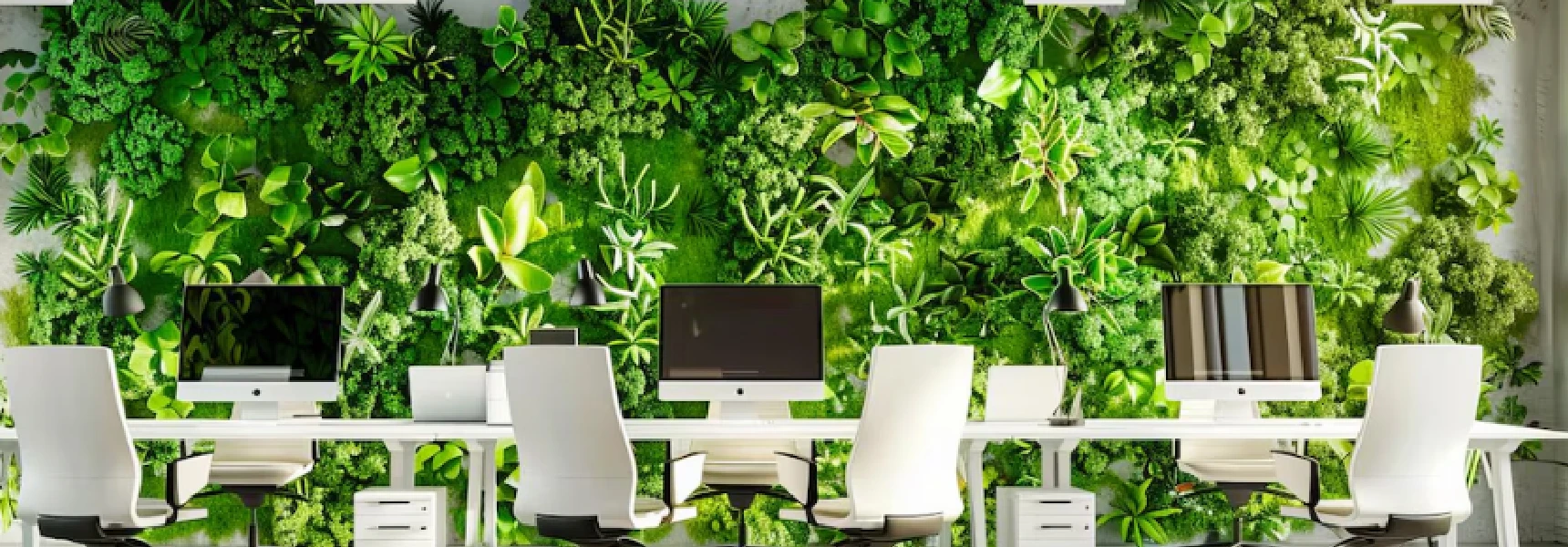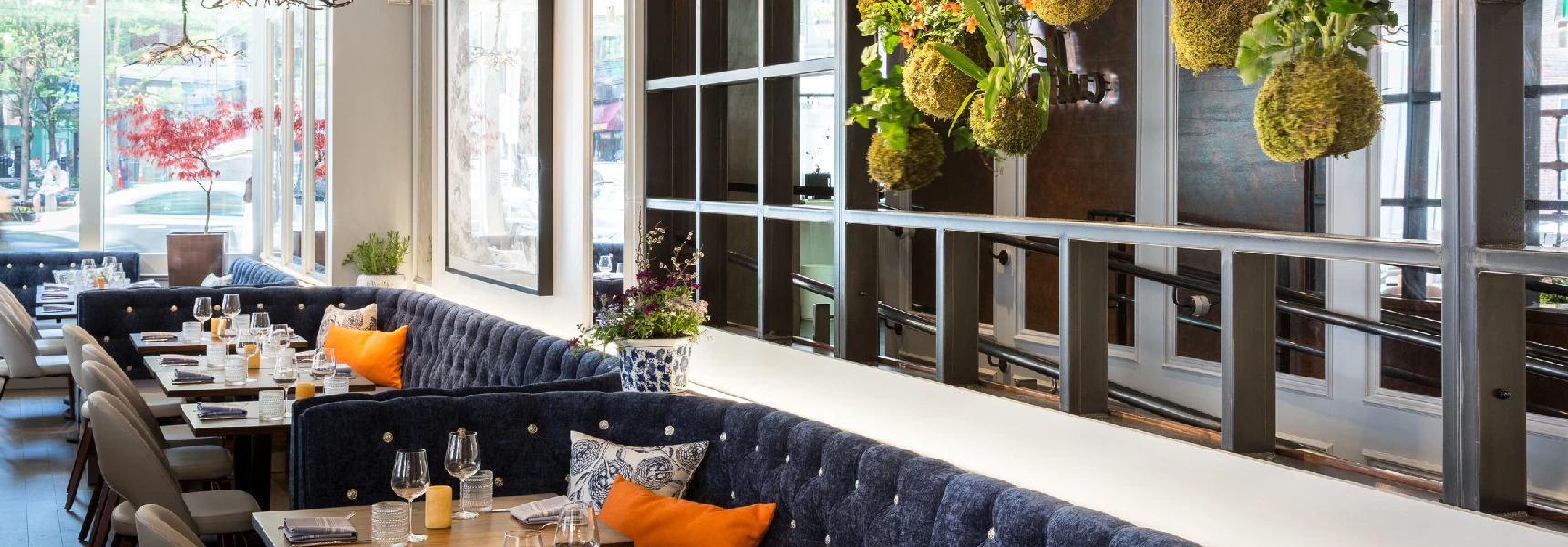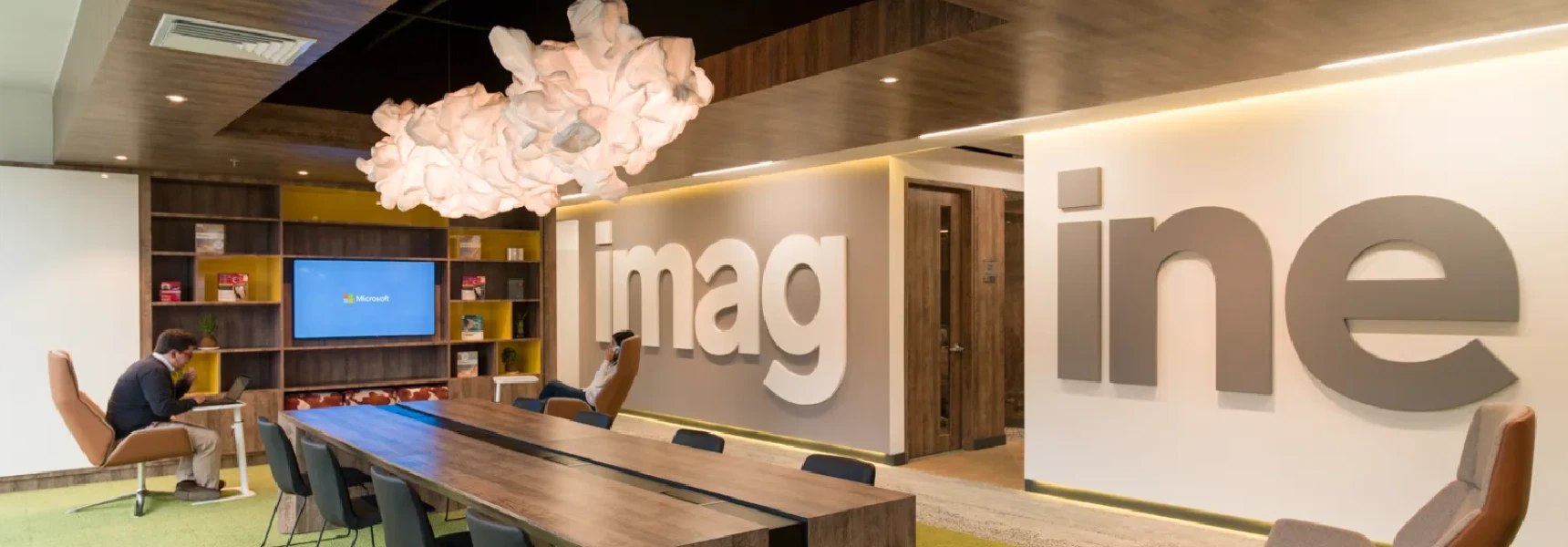Innovation
Retail Interior Design Trends for 2025
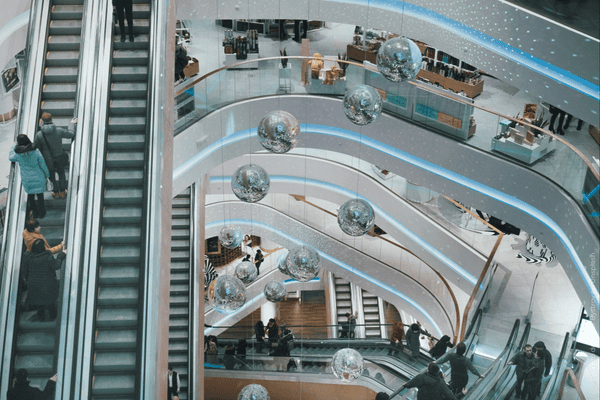
Retail Interior Design Trends for 2025
Creating spaces that invite, connect, and sell.
Retail has never stood still, and in 2025, the pace of change in retail interior design is more dynamic than ever. From tech-infused shopping experiences to sensory-rich environments and sustainability-driven aesthetics, today’s retail spaces do more than showcase products. They tell a brand story, forge emotional connections, and invite customers to linger a little longer.
In a world where e-commerce is just a click away, brick-and-mortar stores are embracing design as their greatest advantage. And the best retail environments of 2025 are using thoughtful design not just to reflect the brand, but to amplify it.
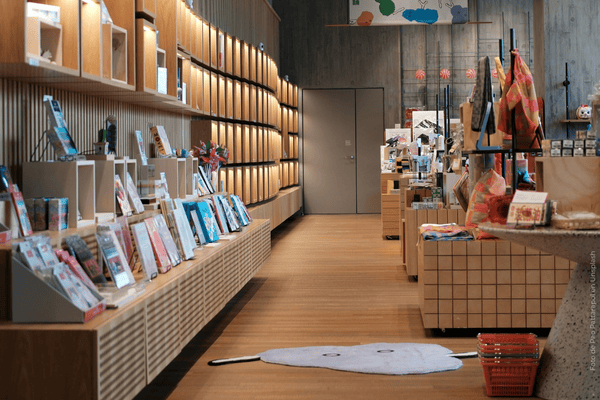
The Return of Storytelling Spaces
In 2025, consumers don’t want just a transaction, they want a transformation. That’s why retail interior design is increasingly focused on storytelling. Every fixture, material, and layout choice is an opportunity to immerse shoppers in a narrative.
Whether it's a wellness brand with earthy tones and biophilic elements, or a tech retailer using clean lines and interactive zones, the goal is to build a cohesive story that customers can step into. Lighting plays a major role, especially layered lighting plans that adapt throughout the day to align with customer energy and mood.
Expect brands to move away from sterile displays and toward warm, curated environments that feel like editorial spreads. The vibe? Less showroom, more sanctuary.
Flexibility as a Design Mandate
Retailers learned a hard lesson in recent years: agility matters. That’s why flexible design is one of the most important retail interior design trends of 2025.
Stores are now embracing modular elements, movable walls, adaptable fixtures, and mobile point-of-sale stations, that allow for frequent reconfiguration. This empowers brands to respond quickly to new products, seasonal moments, or pop-up collaborations.
It also speaks to a broader shift: stores are becoming experience labs, not static locations. And the ability to change the setup quickly is no longer a luxury, it’s a strategic advantage.
Tech-Integrated Touchpoints (Without Losing the Human Touch)
The best retail spaces now strike a balance between digital convenience and human engagement.
Touchless checkouts, digital signage, and augmented reality displays are becoming standard, but they’re integrated into the design in subtle, elegant ways. Think mirrors that double as virtual try-on stations or shelves with smart labels that tell stories when scanned with a phone.
But tech is not replacing staff, it’s enhancing their role. With basic transactions handled digitally, retail associates can focus on what matters most: meaningful interactions, styling tips, product storytelling, and service that builds loyalty.
Sustainability is No Longer Optional
Sustainability has moved beyond buzzword status and become a non-negotiable principle in retail design.
In 2025, this shows up in everything from reclaimed materials and low-VOC finishes to energy-efficient lighting and furnishings made from recycled content. Certifications like LEED and WELL are influencing the way design firms approach even the smallest details.
But beyond materials, sustainability is about mindset. It’s about creating durable, timeless spaces that don’t require frequent overhauls. It’s about local sourcing and minimizing waste. And increasingly, it’s about transparency—designs that show the sustainability story instead of just telling it.
Micro-Retail and Experience-Driven Layouts
While flagship stores aren’t going away, many brands are scaling down in square footage, and turning up the impact.
Micro-retail is on the rise, especially in urban centers and lifestyle hubs. These smaller footprints require design precision: every inch must be purposeful. Designers are using lighting, mirrors, and vertical space to create the illusion of expansiveness while ensuring the flow remains intuitive and inviting.
Within these compact formats, and even in larger stores, we’re also seeing the rise of experience zones: spaces for personalization, community events, or product testing. A skincare brand might include a mini facial bar. A sneaker store may offer customization stations or treadmills to test performance.
The layout isn’t just about selling, it’s about staying. If people are spending more time in-store, they’re likely spending more at checkout.
Neutral Palettes Meet Bold Accents
In 2025, we’re seeing an interesting balance in color and material choices. The base palette often leans neutral—soft whites, warm beiges, natural woods—creating a soothing, gallery-like backdrop. But designers are layering in bold, saturated accent colors through textiles, lighting, or feature walls to punctuate key brand moments.
This allows brands to evolve their storytelling seasonally or with campaigns, without the cost of a full redesign. It’s a sophisticated approach: calm, yet compelling. Minimalist, but never cold.
Textures are equally important: a mix of matte and gloss finishes, tactile textiles, and artisanal touches that ground the space in craftsmanship.
The Rise of Wellness-Infused Retail
Retail design in 2025 is deeply influenced by the wellness movement. Shoppers want to feel better just by entering a space.
This trend manifests in soothing acoustic design, natural lighting strategies, indoor greenery, and intuitive flow. Scent is also part of the equation: subtle signature fragrances that evoke relaxation or freshness are being used as part of multisensory branding.
Designers are taking cues from spa and hospitality spaces, blending comfort and elegance in ways that turn everyday shopping into something that feels restorative.
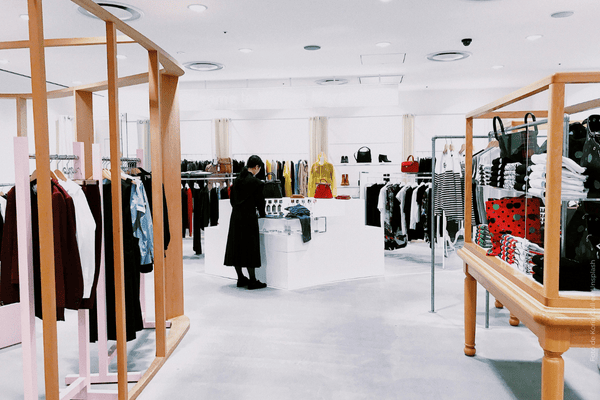
Retail as Community Hub
One of the most exciting shifts in retail interior design is the rebirth of stores as community spaces.
In 2025, forward-thinking brands are designing spaces not just to sell, but to gather. Think local art showcases, product launch parties, in-store workshops, or even yoga sessions in off-peak hours.
This isn’t just marketing fluff, it’s architecture with intention. And it changes everything: the way stores are laid out, the acoustics, the lighting, the infrastructure.
When stores become platforms for culture and connection, people show up for more than the product. They come for the vibe, the validation, the sense of belonging.
Let’s Turn Ideas into Impact
Retail is having a renaissance. And the brands that will win in 2025 are the ones that embrace retail interior design not as decoration, but as strategy. It’s about more than beauty, it’s about clarity, emotion, and purpose.
Whether you’re planning a flagship store, a boutique refresh, or a roll-out across multiple markets, your space speaks for you before anyone says a word.
So don’t just keep up with the trends. Partner with designers who understand how to translate your brand DNA into a space people don’t want to leave.
And if you're wondering where to start... You already have.
Let’s talk.

